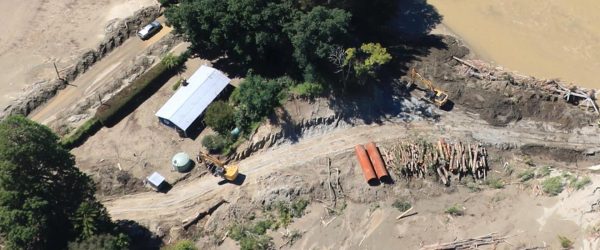The vast quantities of silt deposited by flooding have resulted in high levels of silt dust in the air across Tairāwhiti and Hawke’s Bay. In addition, Cyclone Gabrielle resulted in huge infrastructure damage, meaning councils and regulatory authorities need support to meet their legal requirements to monitor air quality.
To provide this support, NIWA’s air quality team is deploying mobile portable monitoring equipment, which will be in place until at least September 2023. The researchers are monitoring airborne particulates (PM10) and will be analysing samples for respirable crystalline silica and other substances that may have health impacts.
The timing of this initial response deliberately includes the winter season, as wood-burning for home heating – which is normally the biggest source of particulate matter and cause of local breaches of the National Environmental Standards for Air Quality – could increase, due to the state of the housing stock post-cyclone. Findings from this project will inform public health decisions.













